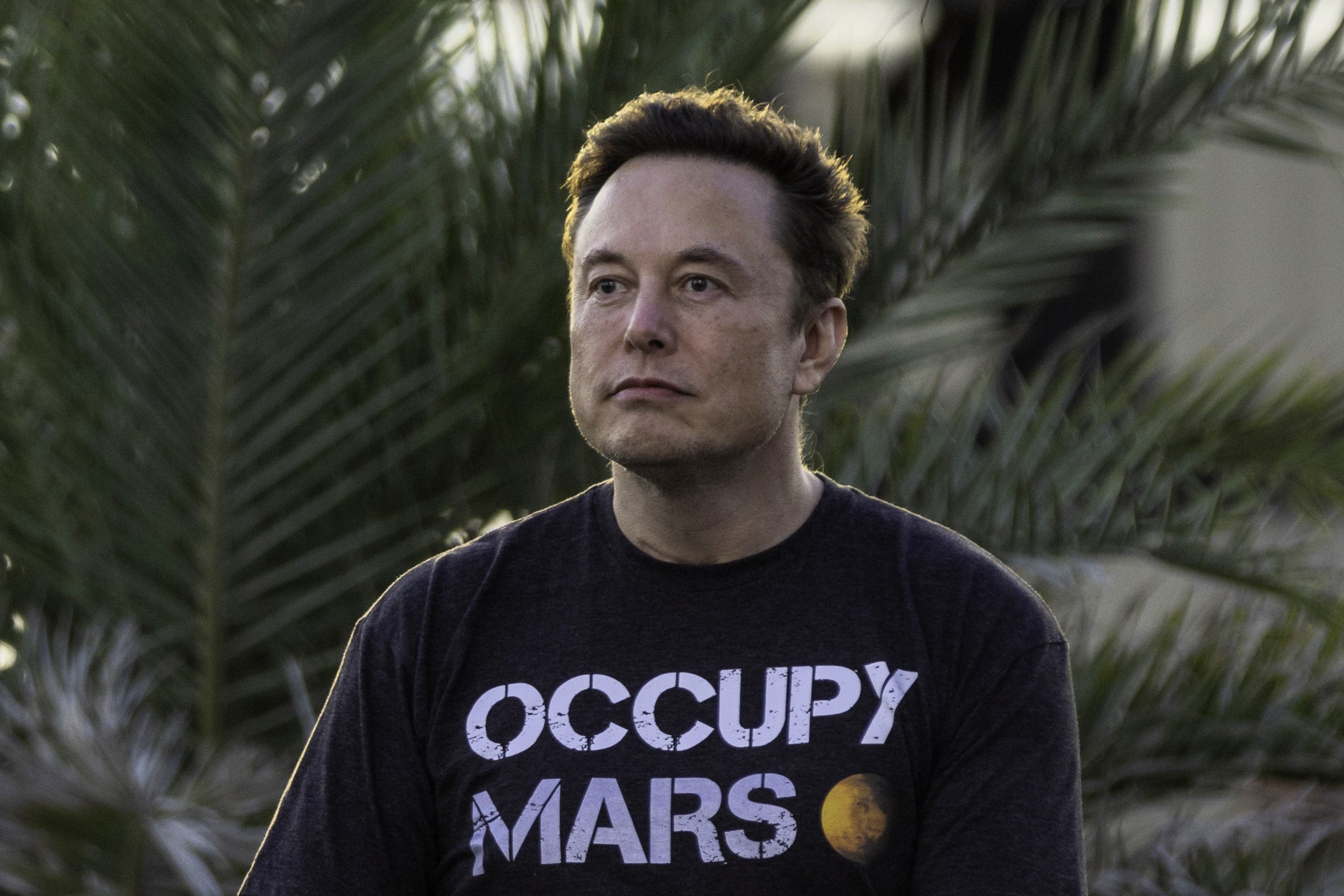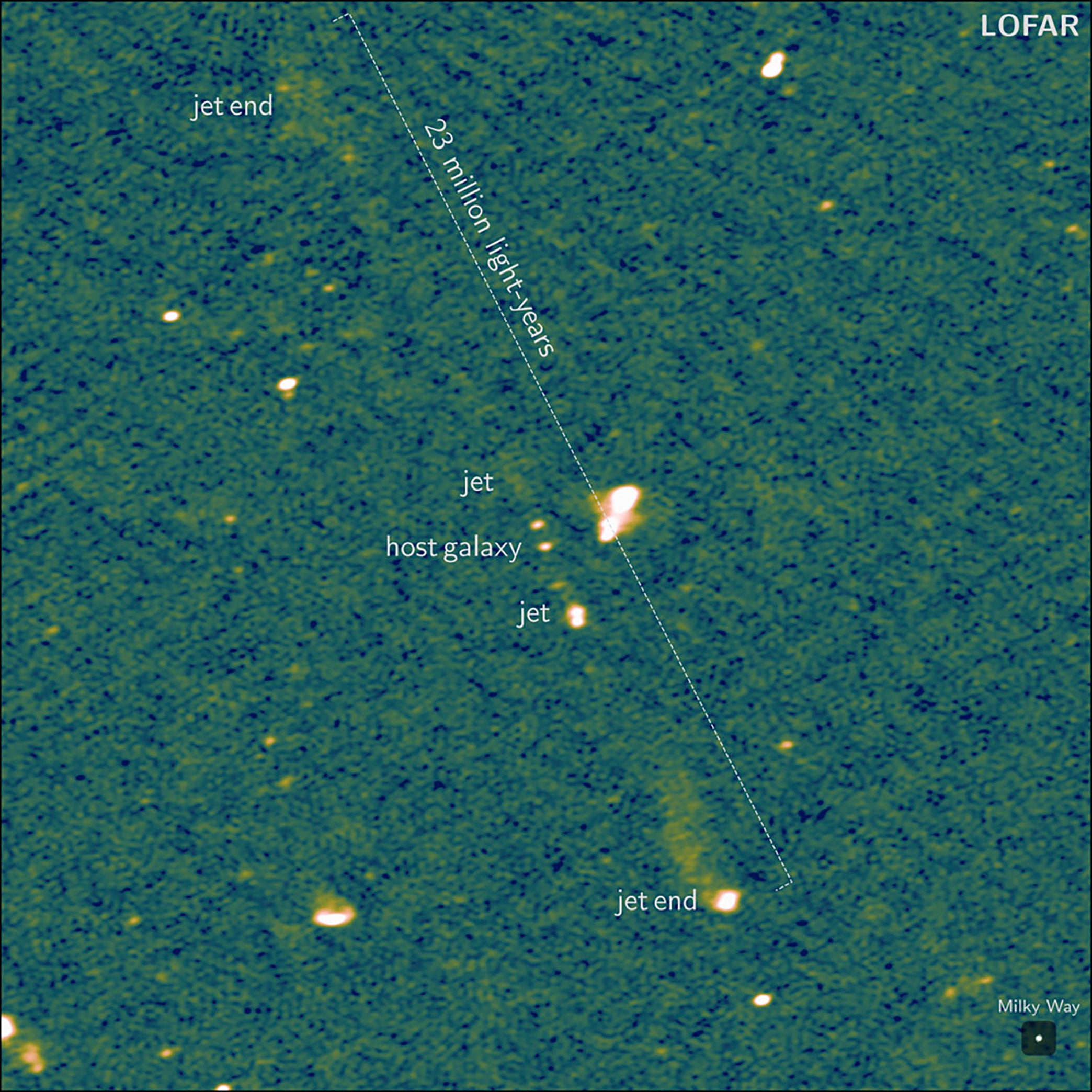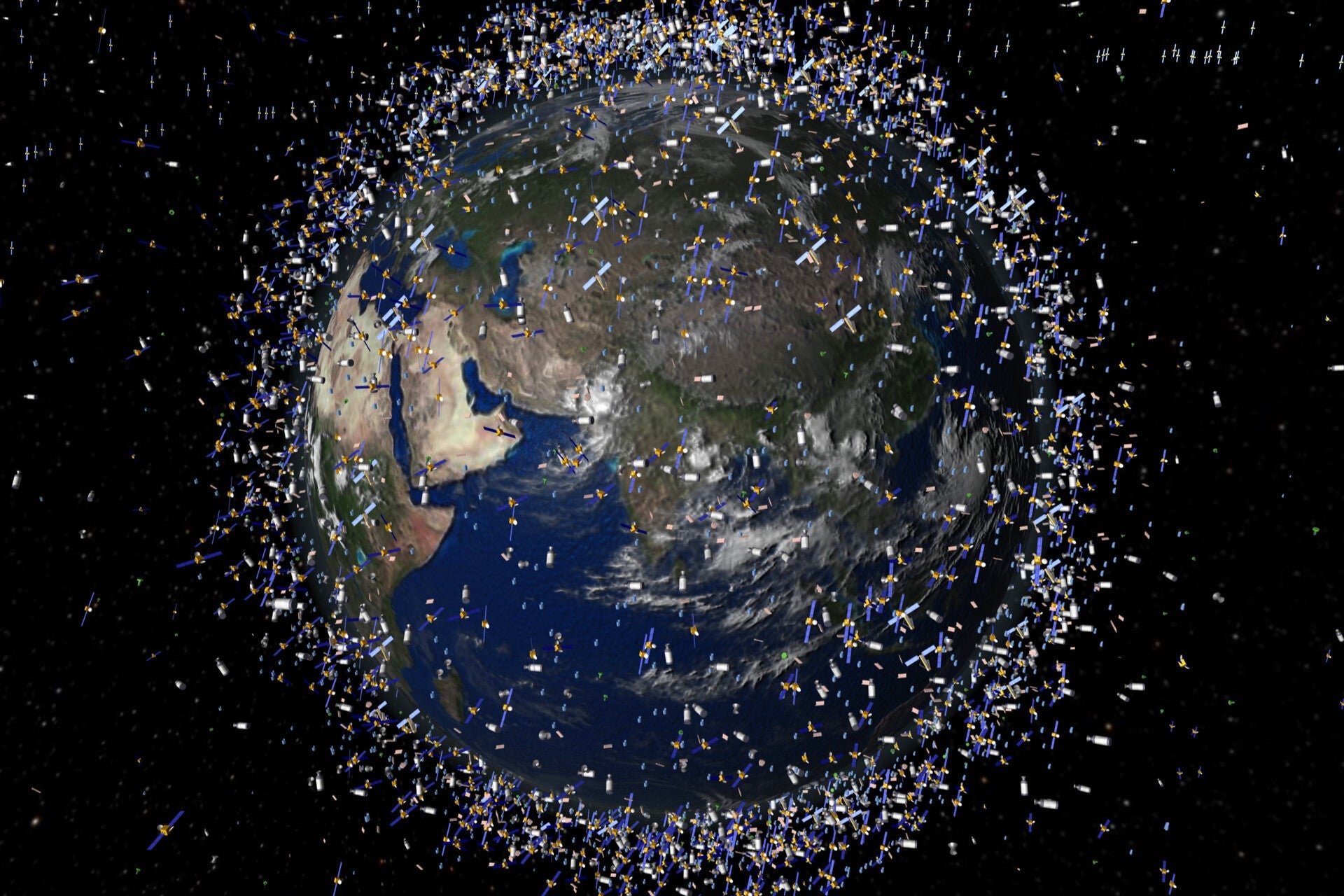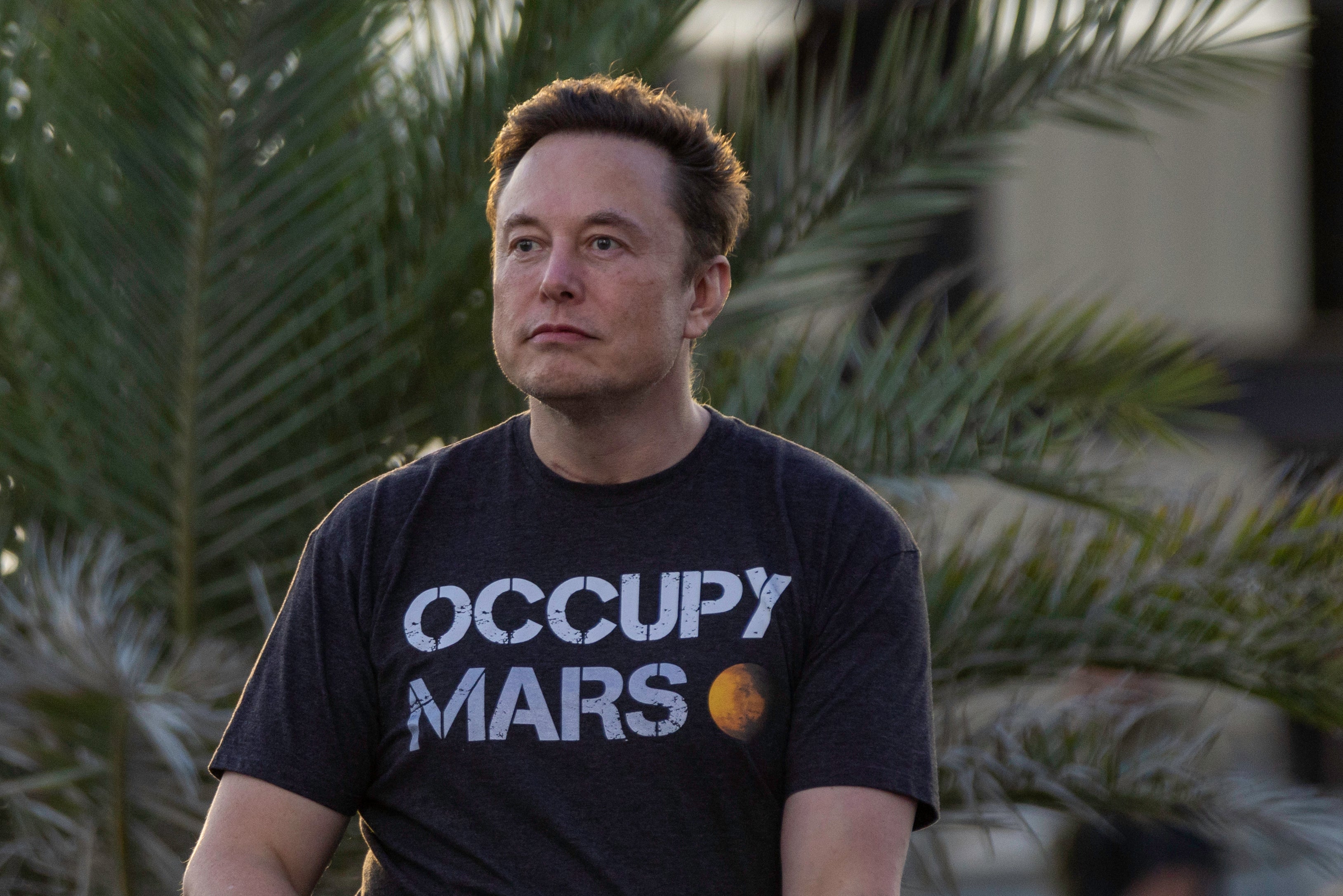Elon Musk’s Starlink satellites wreak havoc in Earth’s orbit, blocking deep space observations, scientists say
New Starlink satellites’ radiation leaks are 30 times as large as those emitted by older satellites, scientists discover

Elon Musk’s Starlink satellites are wreaking havoc in Earth’s orbit and destroying astronomers’ ability to observe distant planets and stars, scientists have told The Independent.
The European Low-Frequency Array radio telescope network, or LOFAR, has examined faint and distant objects across the universe since 2012 to help discover black holes and look for exoplanets.
But in the five years since Musk’s private company, SpaceX, began launching its Starlink satellites, an escalation in radio wave emissions has made it much harder for LOFAR to make observations.
“Last year, we started to see interference signals in the sky, we managed to trace them to some of the Starlink satellites from the first generation that were orbiting above the Earth,” Jessica Dempsey, scientific and general director of the Netherlands Institute for Radio Astronomy, told The Independent on Thursday.

SpaceX now has a constellation of more than 6,000 satellites in orbit, providing high-speed internet to almost anywhere on Earth.
Starlink satellites have been emitting unintended electromagnetic radiation, which the LOFAR astronomers believed to be from faulty batteries. They spoke with SpaceX about mitigating techniques last year, and felt optimistic that the problem was being addressed, Dempsey said.
But when the astronomers went to make observations in July, they found that SpaceX’s updated Starlink V2 Mini satellites were causing even more interference. SpaceX has launched even more satellites since then.
“Starlink [was] emitting over 30 times more emissions, and now not just a few, all of [the satellites]. Frankly, we were shocked,” Dempsey said.
“The brightness in this particular frequency band of these new satellites, compared to what we’re looking at [is] about 10 million times brighter. The equivalent would be you’re trying to look at that beautiful, faintest star you can see with your eye on a dark night. And then, the full moon rises next to it.”

SpaceX did not respond to a request for comment by The Independent.
The worst part, Dempsey said, is that the problem is only growing.
“They’re launching 40 of these ‘full moons’ every week. Right now, there’s about 6,000 Starlink satellites up there but there’s an intended 100,000 [total future satellites],” she said. “So imagine 100,000 full moons up there. Then we can really say goodbye to any kind of astronomy that we would hope to do from the ground.”

Dempsey and colleagues recently published findings in the journal Astronomy & Astrophysics that showed nearly all Starlink satellites they observed were emitting electromagnetic radiation that could interfere with observations.
She said the intent of the astronomy group was not to tell companies to get rid of satellites but rather get them to operate within the rules so that they can continue their scientific observations.
“The UN has regulations on the protected bands of frequencies. And, those protected bands are there so that astronomy can do its work. It’s a matter of whether those regulations are supported by anyone who has the power to do so,” Dempsey said.
Join our commenting forum
Join thought-provoking conversations, follow other Independent readers and see their replies
Comments
Bookmark popover
Removed from bookmarks